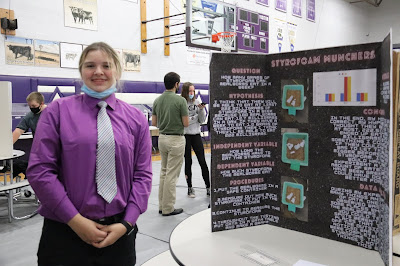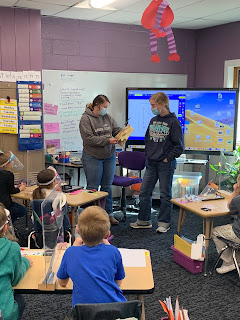NJAS AHEC Panhandle Regional Science Fair Results

Today the Garden County Junior High local science fair winners competed at the Regional NJAS AHEC science fair virtually. Three contestants from each grade that won our local fair participated in today's judging. (See Science Fair Winners Blog Article ). The top six participants in grades six, seven, and eight for the Panhandle region will move on to participate in the Nebraska Junior Academy of Science Virtual State F air on April 1, 2021. Two Garden County students will move on to participate in this state fair. Congratulations to Olivia Christiansen for placing fifth and Abilene Miller for placing sixth place. Also participating today were Eldon Lambert, Kyan Kramer, Luke Gardner, Hailey Weih, Javis Underwood, Jase Roberson, and Natalie Coss.


